Discobolus Statue – A Look at the Disc Thrower Statue From Greek Art
Myron’s Discobolus (460–450 BC) was a bronze sculpture of the Classical period in Greek art that portrayed a discus thrower. Myron’s original disc thrower statue has been lost to time, but the piece is recognized through multiple Roman reproductions, both full-scale marble replicas (which were less expensive than bronze) and lesser bronze scaled equivalents. Due to the sheer weight of the disc thrower statue, the copyists had to construct a supporting stem of marble as well as braces between the arms and torso to stop the limbs from falling off the sculpture.
The History of Myron’s Discus Thrower Statue
The Discobolus statue is a Classical period example of action statuary. Myron established the long-lasting trend of athletic vitality. He had offered a fleeting period of activity. It captures a moment that exemplifies rhythm, harmony, and equilibrium. Myron is widely regarded as the first sculptor to perfect this technique.
The “Discobolus”, as is customary in Greek athletics, is fully naked. His posture is claimed to be unnatural for a human and is now seen as an ineffective approach to throw the discus.
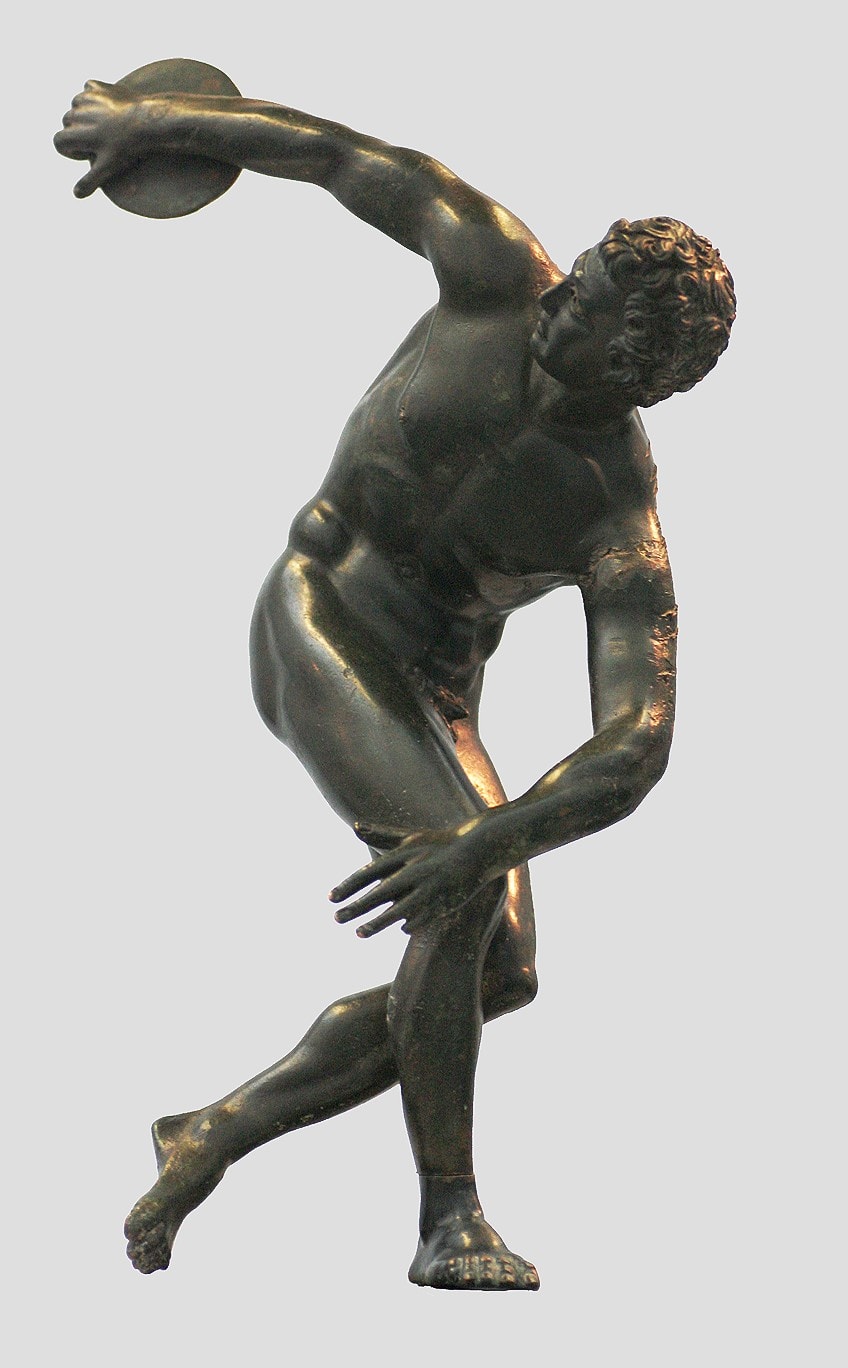
The discus thrower’s expression is devoid of emotion. From a modern perspective, Myron’s striving for perfection may appear to have caused him to suppress the sensation of tension in the different muscles too severely. The well-proportioned figure is another Myron signature portrayed in this sculpture.
The potential energy depicted in this disc thrower statue’s tightly wrapped position, indicating the moment of stillness right before the release, is an instance of Classical art progressing from Archaic sculpture.
Myron the Sculptor
| Nationality | Greek |
| Date of Birth | c. 500-490 BC |
| Date of Death | c. 440 BC |
| Place of Birth | Eleutherae |
Myron produced almost entirely in bronze, and his popularity was built mostly on his portrayals of athletes, in which he, according to Antiquity observers, introduced greater audacity of attitude and a more precise rhythm, subverting the components to the whole.
Pliny’s comment that Myron’s artworks were more diligent than his peers seems to imply that they were regarded as more consistent in proportions and more persuading in realism.
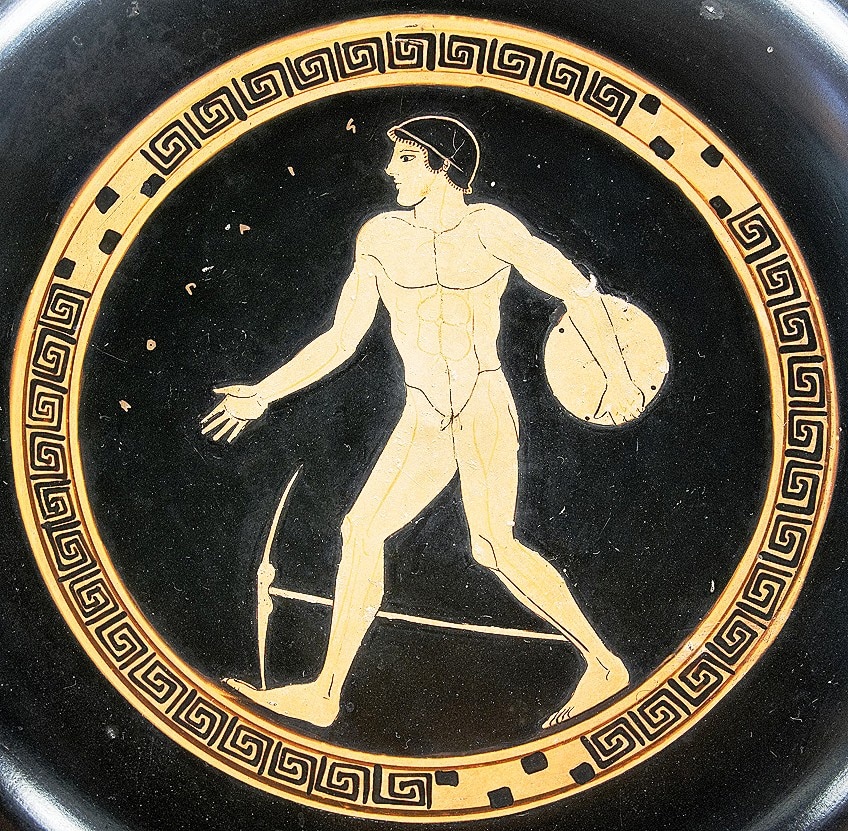
Diligentia signified “vigilant care to finer details,” a value that, in moderate amounts, was defining feature of the greatest pieces of art, according to Antiquity critiques. Early Imperial Roman authors constantly ranked Myron among the finest Greek sculptors, indicating that his renown remained outstanding at the time. Early Imperial Roman authors constantly ranked Myron among the finest Greek sculptors, indicating that his reputation remained high at the time.
According to the critics, while Myron achieved wonderfully in imparting life and movement to his forms, he did not manage in expressing the feelings of the mind.
This corresponds with the existing evidence to some extent, but not perfectly. The limbs of his troops are considerably superior to their minds. The discus thrower’s face looks serene and unflustered, yet all of his muscles are tensed in an exertion.
Descriptions of the Discobolus Statue
| Date Created | c. 460 BC – 450 BC |
| Medium | Bronze |
| Dimensions | 1.70 m |
| Current Location | Copy in the British Museum |
Descriptions of Myron’s Discobolus had existed for many years, helping people get an idea of what the original discus thrower statue looked like. Discussions in Lucian of Samosata’s book, Philopseudes, have tried to help with this by stating: “Didn’t you see a completely lovely sculpture up there by Demetrios when you arrived into the hall?” he said. “Surely you don’t mean the discus-thrower,” I remarked.
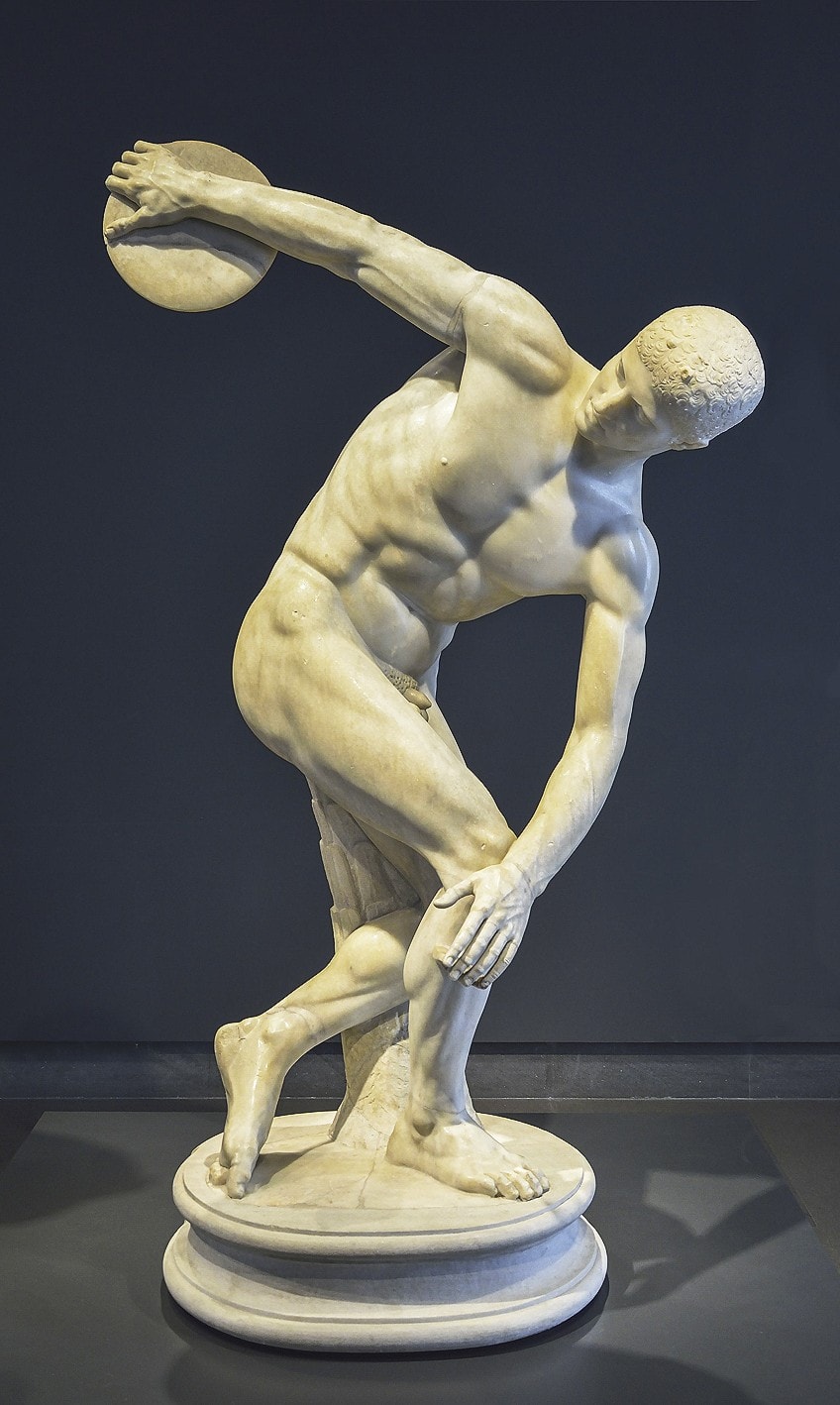
“The one stooped down into the throwing position, with his head turned back to the hand holding the disc and the opposing leg slightly bent, as if about to spring up again after the hurl?” He replied: ‘Not that one, it’s one of Myron’s creations, the Diskobolos you’re talking about.’”
While the original had been lost to time, there were several copies discovered which give us insight into how the original may have perhaps looked.
Discobolus Palombara
The first duplicate of this iconic artwork, the Discobolus Palombara, was unearthed in 1781. It is a replica of Myron’s original bronze from the first century AD. It was unearthed at the Massimo family’s Villa Palombara and underwent restoration by Giuseppe Angelini before being moved to the Massimo’s Palazzo Massimo alle Colonne and then to Palazzo Lancellotti.
The statue was recognized as a replica of Myron’s original by Giovanni Battista Visconti, the archeologist from Italy.
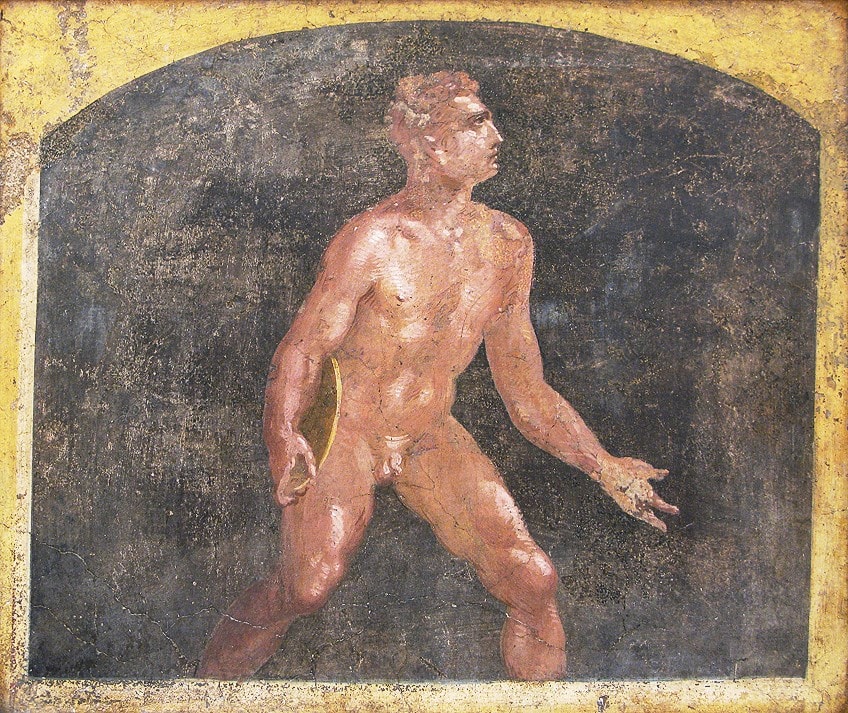
It became immediately renowned, even though the Massimo fiercely controlled access to it. Adolf Hitler sought to acquire it in 1937 and was successful in 1938, when the Minister of Foreign Affairs, handed it to him for five million lire, against the protestations of the Minister of Education, the restorer, and the academic community.
It was transported by rail to Munich and shown at the Glyptothek before being returned in 1948. It is presently on exhibit in the Palazzo Massimo at the National Museum of Rome.
Townley Discobolus
Following the unearthing of the Discobolus Palombara, another famous Discobolus was found in 1790 at Hadrian’s Villa. It was acquired at a public auction in 1792 by Thomas Jenkins, a British antiquary and art dealer based in Rome. Another specimen, also discovered in Tivoli at the time, was purchased by the Vatican Museums.
Jenkins was paid £400 by the English collector Charles Townley for the sculpture, which arrived in 1794 at the gallery Townley established on Park Street in London.
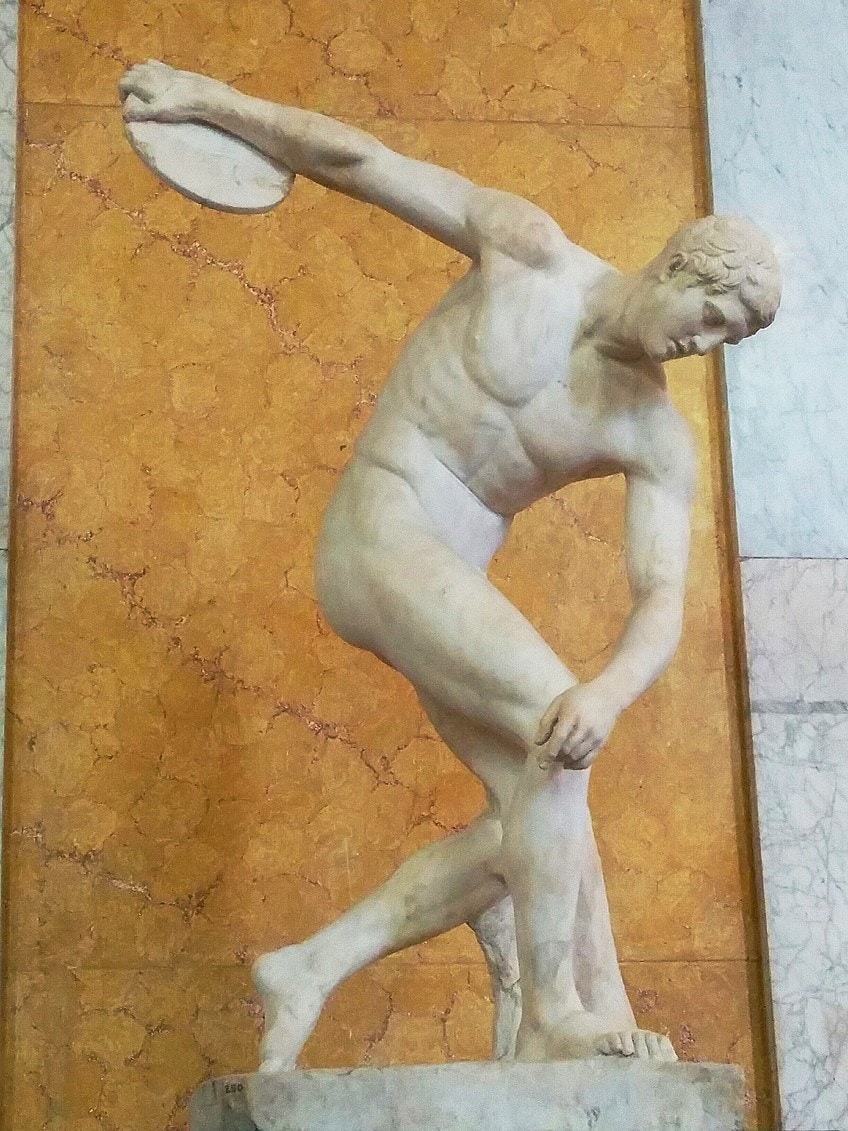
The head had been incorrectly repaired, as Richard Payne Knight quickly pointed out, but Townley was adamant that he had the genuine and superior replica. In July 1805, it was purchased for the British Museum together with the other of Townley’s marbles.
The “Discobolus” is a Classical era example of action statuary. When the athlete has flung his arm back and is about to throw the disc, he is at his most tense. His musculature is elegantly incised, and he resembles a curled spring. His face, on the other hand, is devoid of emotion and does not reflect this strain. The facial features are streamlined and emotionless in the customary austere manner. As a result, this famous Greek art statue exemplifies both Severe and High Classical characteristics.
Frequently Asked Questions
Who Created the Discobolus Statue?
The original artwork was sculpted by Myron, a Greek sculptor of the Classical period. Myron was born in Eleutherae. There are no documented originals of his works, but there are several which are thought to be subsequent reproductions in marble, predominantly Roman.
How Many Replicas Are There of the Discus Thrower Statue?
The original Greek statue by Myron no longer exists. There are several Roman copies, however, such as the Discobolus Palambara and Townley Discobolus. Other Roman marble duplicates have been discovered, and torsos that were recognized in the 17th century but had been incorrectly repaired and finished have recently been confirmed as further duplicates following Myron’s model.
Isabella studied at the University of Cape Town in South Africa and graduated with a Bachelor of Arts majoring in English Literature & Language and Psychology. Throughout her undergraduate years, she took Art History as an additional subject and absolutely loved it. Building on from her art history knowledge that began in high school, art has always been a particular area of fascination for her. From learning about artworks previously unknown to her, or sharpening her existing understanding of specific works, the ability to continue learning within this interesting sphere excites her greatly.
Her focal points of interest in art history encompass profiling specific artists and art movements, as it is these areas where she is able to really dig deep into the rich narrative of the art world. Additionally, she particularly enjoys exploring the different artistic styles of the 20th century, as well as the important impact that female artists have had on the development of art history.
Learn more about Isabella Meyer and the Art in Context Team.
Cite this Article
Isabella, Meyer, “Discobolus Statue – A Look at the Disc Thrower Statue From Greek Art.” Art in Context. April 28, 2022. URL: https://artincontext.org/discobolus-statue/
Meyer, I. (2022, 28 April). Discobolus Statue – A Look at the Disc Thrower Statue From Greek Art. Art in Context. https://artincontext.org/discobolus-statue/
Meyer, Isabella. “Discobolus Statue – A Look at the Disc Thrower Statue From Greek Art.” Art in Context, April 28, 2022. https://artincontext.org/discobolus-statue/.


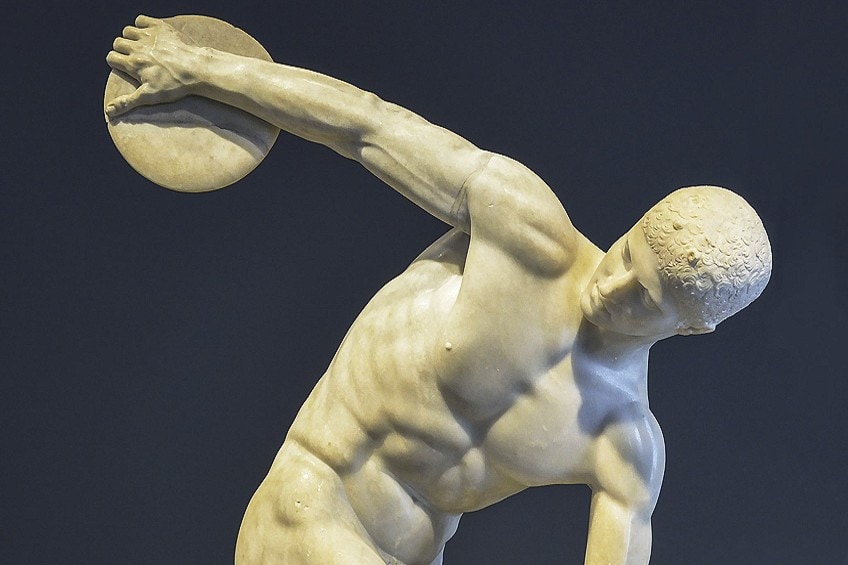

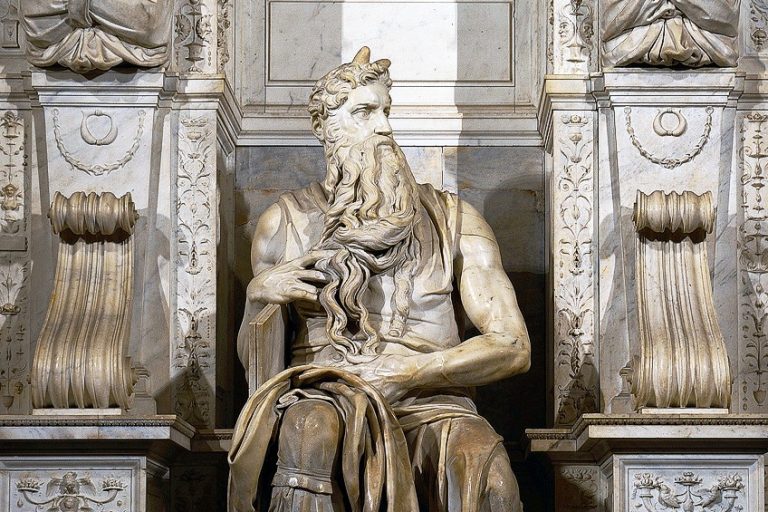
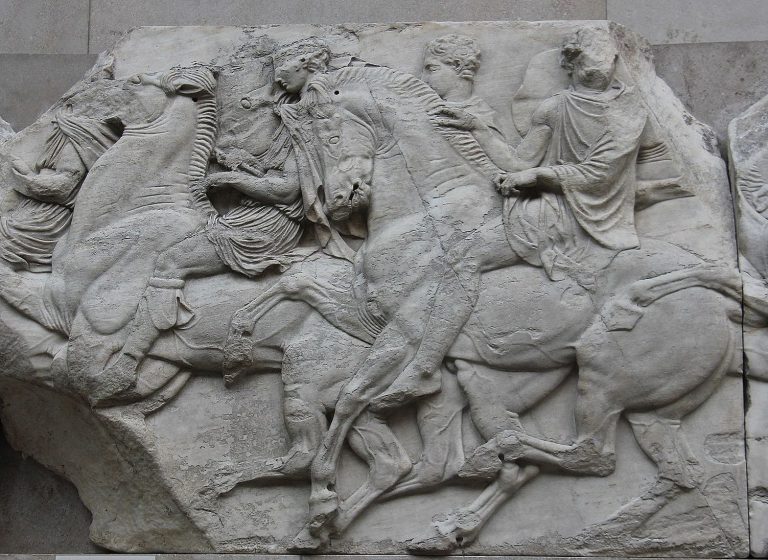
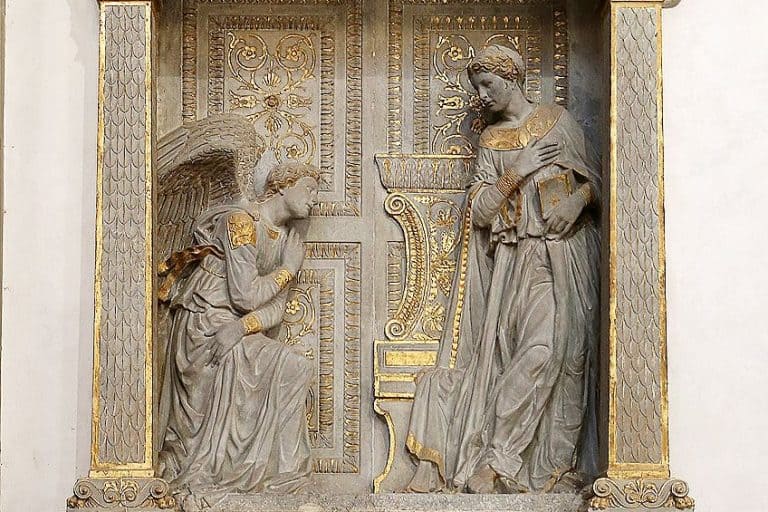
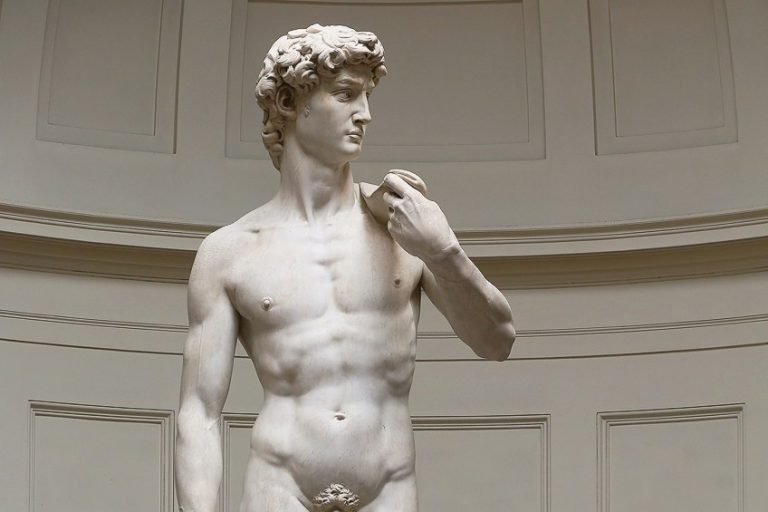
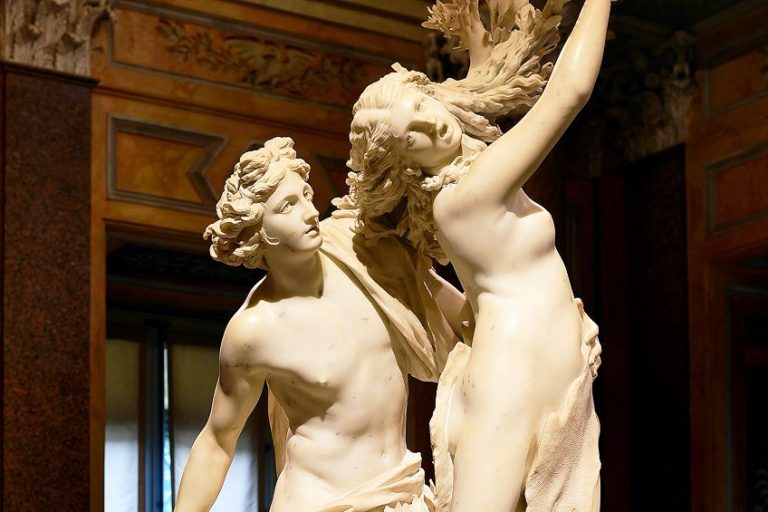



Very helpful, I was searching information for my thesis.